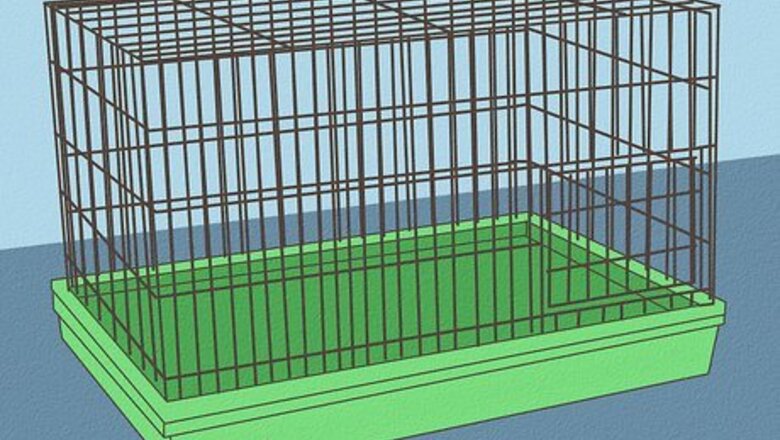
views
Prepping a Home for Your Mice
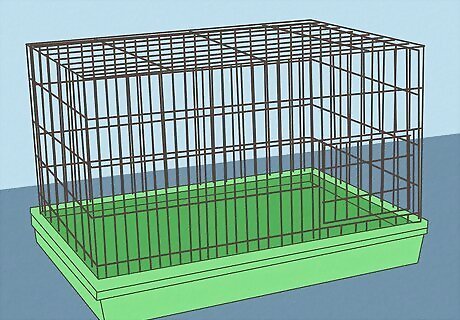
Give your mice a comfortable home. A mouse cage with a plastic base and wire lid makes a great mouse home. You can easily find these at your local pet store. They're also stackable, which is great if you want several mice to mate. Other types of containers, like rectangular aquariums and plastic storage bins, can be used. Whatever kind of container you use, look for one that is about 12 inches (30 cm) wide and 20 inches (51 cm) to 24 inches (61 cm) long. 10 inches (25 cm) is a good height. If you use non traditional containers, make sure you can secure mesh on top so your nice get plenty of air but also can't escape. If you’re using a plastic storage bin, for instance cut a large hole in its lid. Place screen or mesh over this hole and fix it in place with staples or tape.
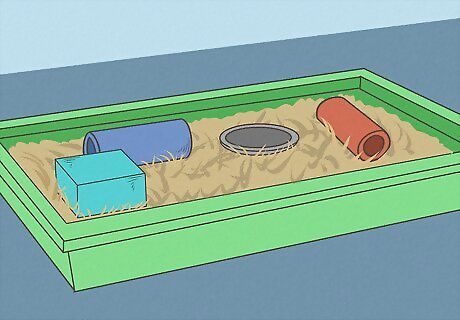
Give the home a soft substrate. Mice will find bare wire floors uncomfortable. Place cloth or paper on the bottom of your mice’s home instead. Then cover this with a layer of sawdust or wood shavings. You can find these at a pet store. Place some cardboard or plastic tubes, boxes, and toys (like a mouse wheel) for the mice to play around in. This will make them happier and more likely to breed.
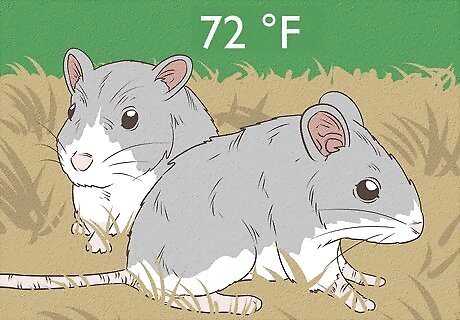
Keep your mice’s home warm and cozy. To be comfortable and ready to breed, the ambient temperature in the home should be about 22 °C (72 °F). Place the homes in a warm room for best results.
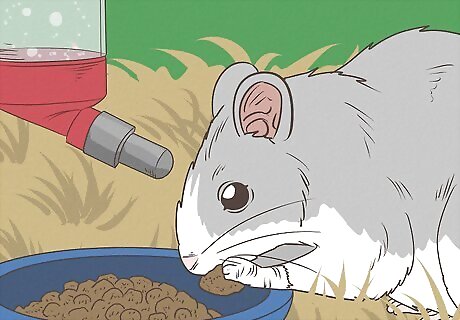
Provide plenty of food and water. Healthy mice are more likely to mate and breed successfully. Make sure your mice all have access to: Water in a piper bottle. Pellet food (look for this at a pet store). Mice should be able to feed freely, so make sure they can get to the food at all times.
Mating Your Mice
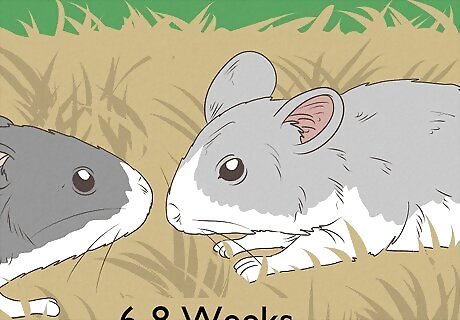
Wait six to eight weeks before attempting to mate your mice. Mice can be prolific breeders, but they don't become sexually mature until they are six to eight weeks old. Don't expect them to mate before this time. Just feed your mice well and keep them comfortable until they are old enough to breed.
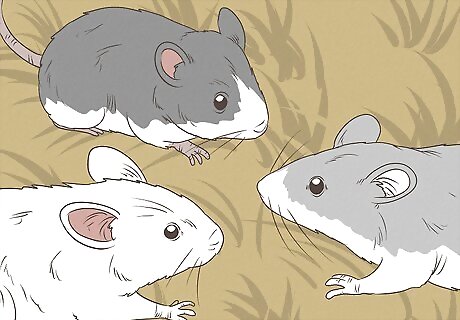
Decide which mice will be roommates. Generally, putting one male with two females in a single cage will increase the chances of breeding. To prevent fighting, it’s important that there’s only one male in each cage. If you’re not sure which mice are male, gently lift them up by the tail and look between their legs. The testes should be very visible on male mice.
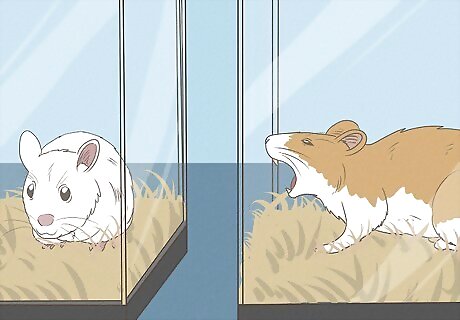
Isolate aggressive mice. Most mice will not normally fight with others. However, some male mice might become hostile, especially if they sense females nearby that are ready to mate. More rarely, some females may become aggressive with each other. If you have any aggressive mice on your hands, isolate them. Gently grasp them by the tail and move them into another cage to live by themselves instead of attempting to use them for breeding.
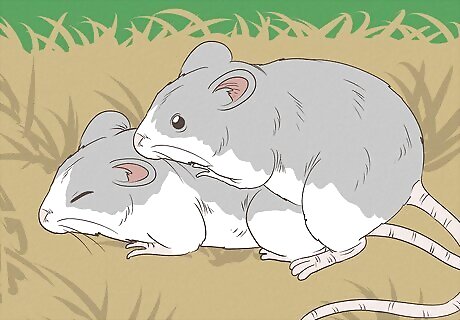
Let the mice do their thing. If mice are healthy and grouped properly, there’s a good chance they will breed without any intervention. Female mice will enter estrus (be ready to breed) every three to four days, so things might happen quickly. If you are trying to breed quickly, you can rotate a couple of different females in each male mouse’s cage every 1-2 weeks. This will likely increase the number of females that become pregnant.
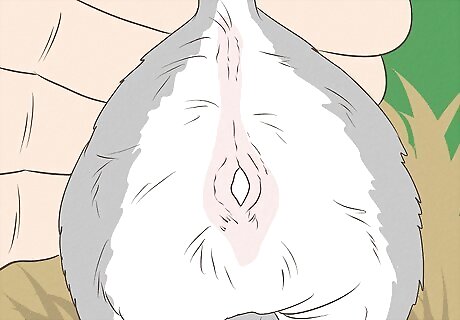
Check if mating has occurred. When mice have mated, there will be a “plug” visible on the rear of the female. This plug is actually hardened semen, and it should remain in place for about 12 hours after mating. Even if you see the plug, however, it does not guarantee that the mouse has conceived and is pregnant, only that it has mated with a male.
Caring for the Mother and Babies
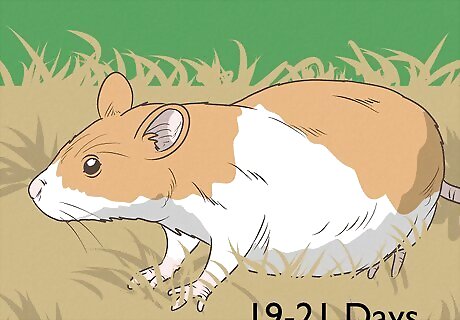
Look for signs that female mice are pregnant. Some females will visibly swell in size after becoming pregnant. Others will not show so obviously that they are pregnant. The gestation period of a mouse is about 19-21 days. If a female has mated and become pregnant, it should give birth by that time. If a mouse has mated but does not become pregnant, don’t give up. Just let it try again. Don’t poke or prod a mouse to try and see if it is pregnant. This could harm it.
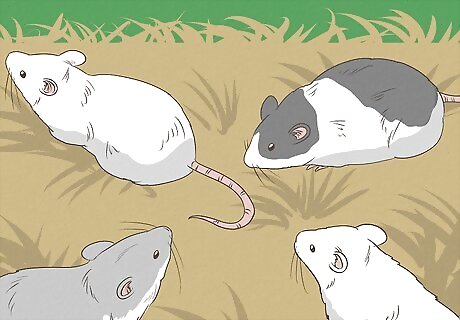
Put pregnant mice together. Once you have mice that are pregnant (or suspected to be), pair them into cages if they are not already. Breeders believe this will increase the chances of healthy pregnancies. Make sure to remove the father before birth. Male mice have been known to cannibalize baby mice.

Feed pregnant and nursing mice well. Mothers will benefit from a high-fat, high-protein diet. You can give each pregnant or nursing female one dog biscuit a day. They will also enjoy treats like bits of scrambled egg and small pieces of cooked meat.
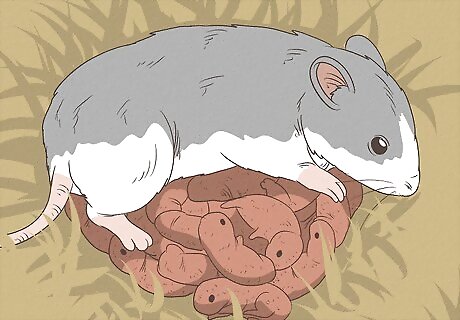
Leave the mice alone after birth. After 19-21 days, you can expect a pregnant mouse to give birth. In most cases, they will be able to handle everything all by themselves. In fact, you should leave the mother and her litter completely alone for the first day after birth. Otherwise, the mother may become scared and eat her young. If the mother does eat her young, don’t be too alarmed. There are various reasons this can happen - the mother might just not understand what has happened. It is more rare for a mother to eat her young after the first birth.
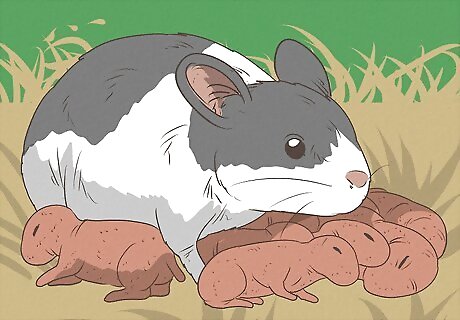
Foster babies if necessary. Most of the time, a female mouse will know how to nurse and care for her litter all by herself. If she doesn’t seem to be taking care of them, place her litter in a cage with another female who is nursing young. If it is a large litter, you can split it among several cages.
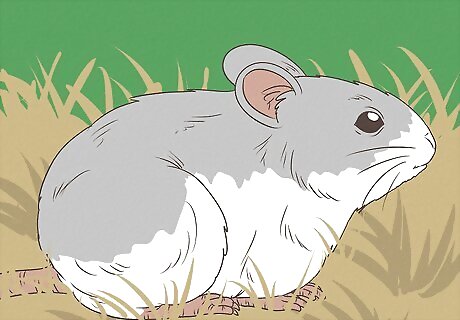
Decide if you want the females to mate again. Females will be physically able to mate the day after birth, and produce another litter in about three weeks. However, many breeders think that having a female breed too frequently will exhaust her and lead to unhealthy litters. If you need to breed many mice, start with a larger number of females rather than expecting a few females to breed more frequently.
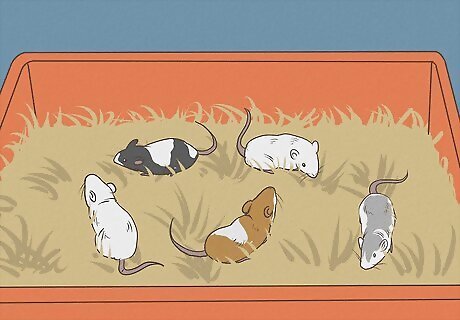
Wean the babies. After about three or four weeks, the young mice will be ready to stop nursing. You can begin by placing dishes of regular mouse food softened with a bit of water in the cage. The young mice should naturally be drawn to this and soon stop nursing entirely. Place the young into cages of their own after they’ve stopped nursing.



















Comments
0 comment